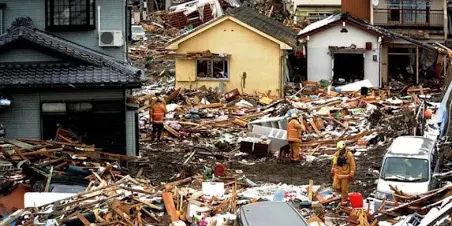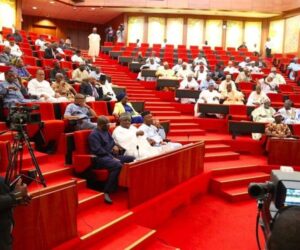1
Idongesit Ashameri
Stakeholders from government institutions, development partners, Civil Society Organisations, private sector the media on friday converged for the review and validation of the Akwa Ibom State Disaster Risk Management and Emergency Response Framework.
This strategic meeting brought together key government actors, civil society groups, development partners, and young people to critically review and validate the state’s draft framework aimed at safeguarding lives, livelihoods, and ensure environmental resilience in Akwa Ibom.
The framework validation facilitated by Clement Isong Foundation in partnership with Actionaid Nigeria under the SPA II project, was considered a crucial step towards enhancing disaster preparedness and response, considering the state’s vulnerability to various hazards like flooding, coastal erosion, oil spills, and other disasters.
As noted by the communique issued at the end of the meeting, the framework offers a “comprehensive, inclusive, and actionable approach” to disaster risk reduction and emergency response, taking into account Akwa Ibom State’s specific vulnerabilities due to its coastal geography, oil industry activities, and rapid urbanization.
This approach, the communique noted; is designed to ensure that the state’s disaster management efforts are proactive rather than reactive, focusing on preparedness, response, recovery, and resilience-building. By involving various stakeholders, the framework aims to be inclusive and responsive to the needs of all communities across the state.
Stakeholders drawn from the various sectors including the Ministry of Environment, unanimously identified the need for a centralized digital database on disaster risk management.
“This database is seen as essential for effective disaster risk management, enabling better planning, response, and recovery efforts. The lack of such a database could hinder the state’s ability to manage disasters efficiently, making the need for a centralized system a priority for stakeholders.
“The framework aims to institutionalize youth participation with at least 20% youth representation in AK-SEMA and other disaster risk management bodies by 2027. Additionally, youths in high-risk areas and disaster-prone locations across the state will be trained by 2026 to enhance their capacity in disaster risk management.
” This emphasis on youth participation underscores the importance of engaging younger generations in disaster management efforts for sustainability and effectiveness”. The communique noted








